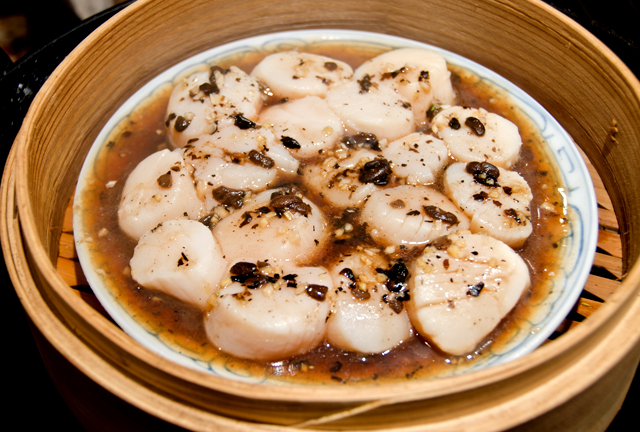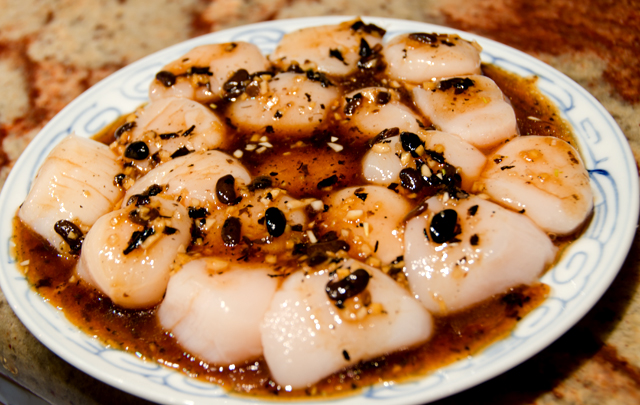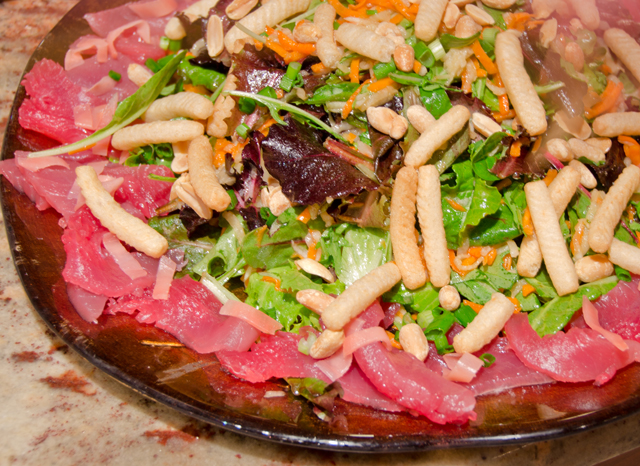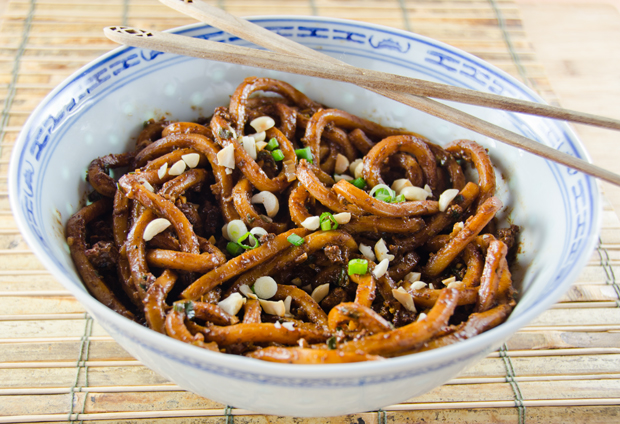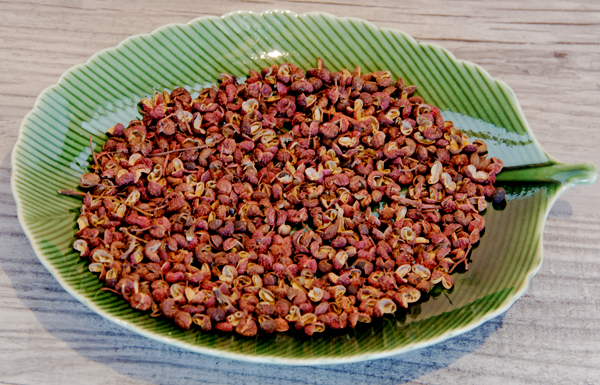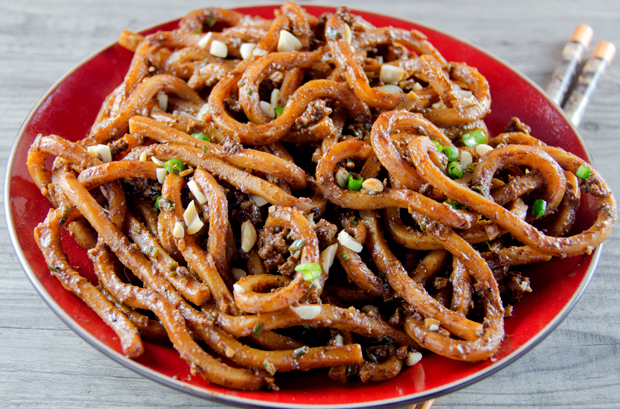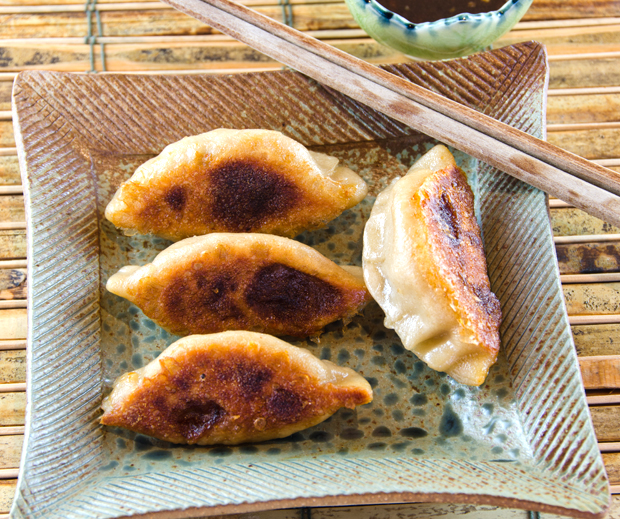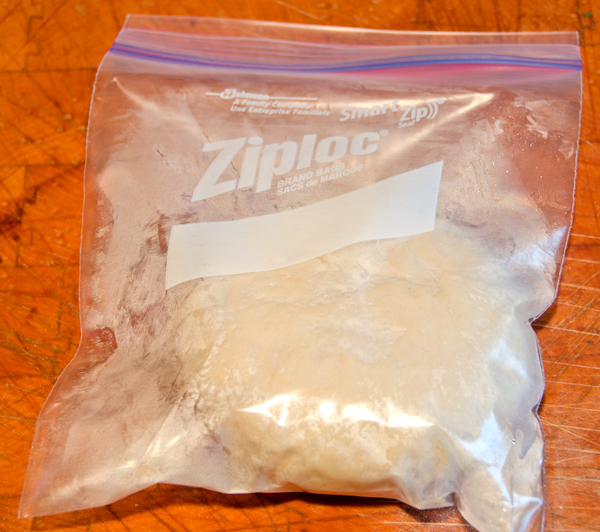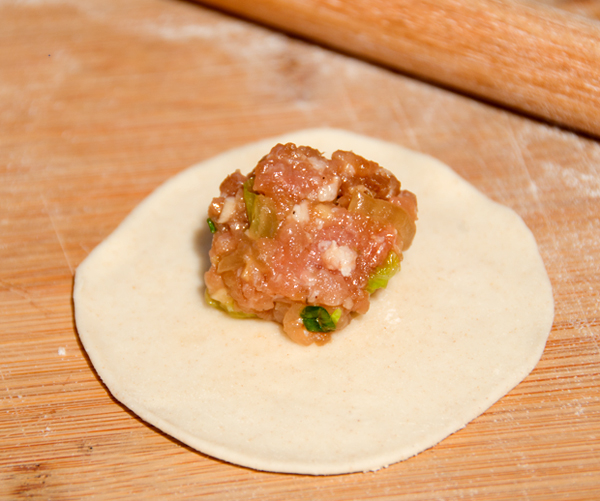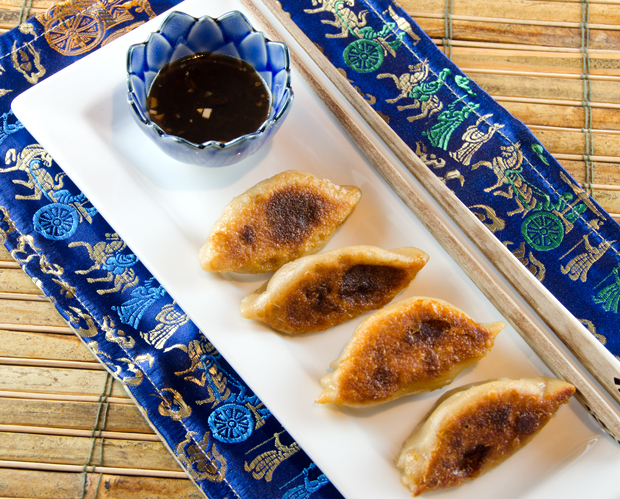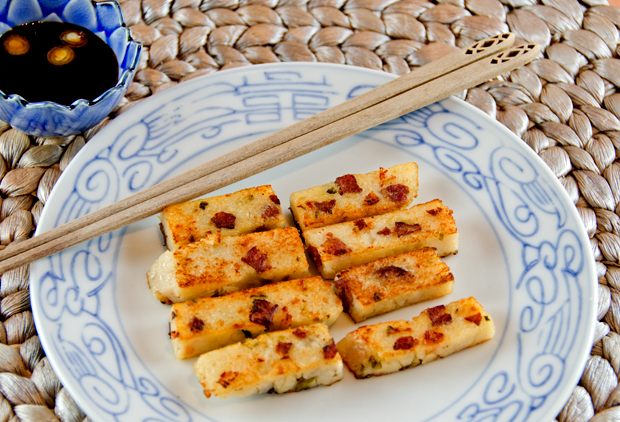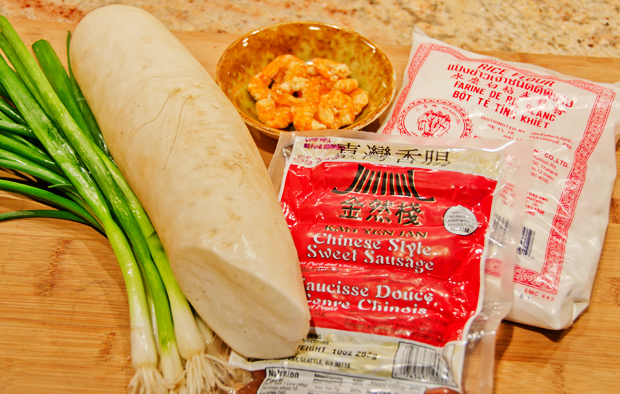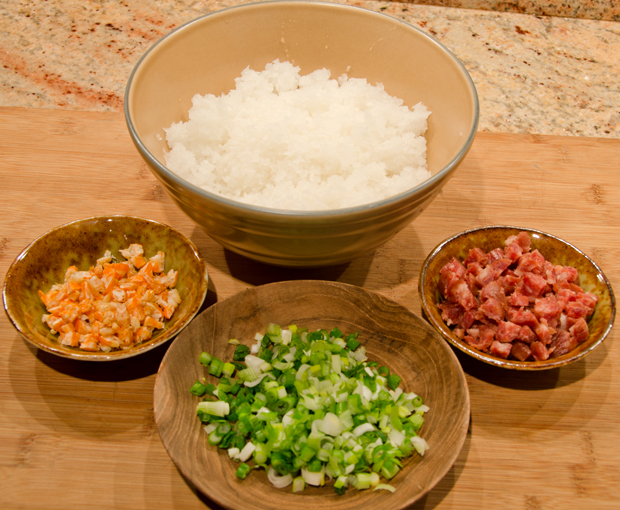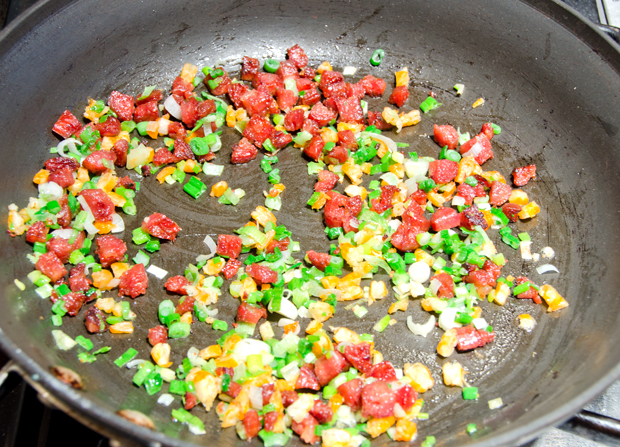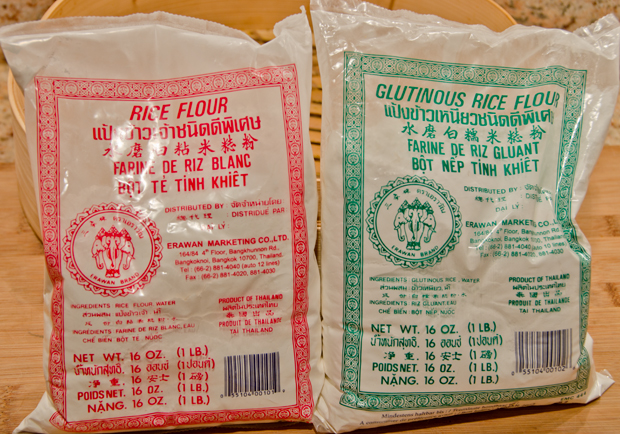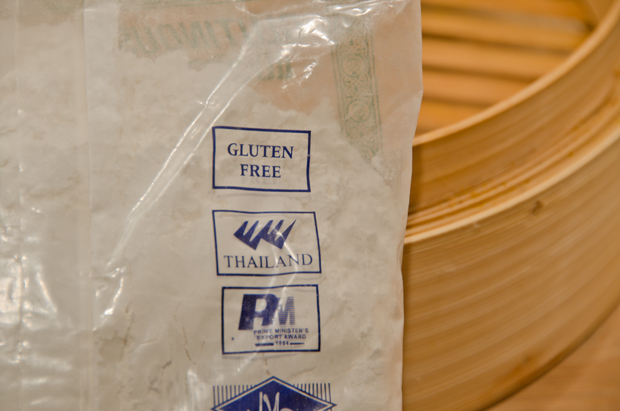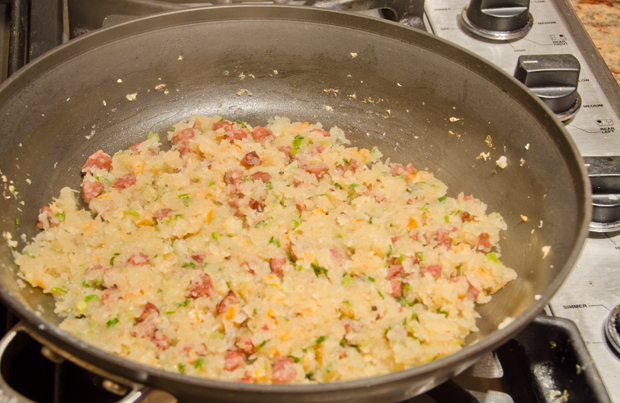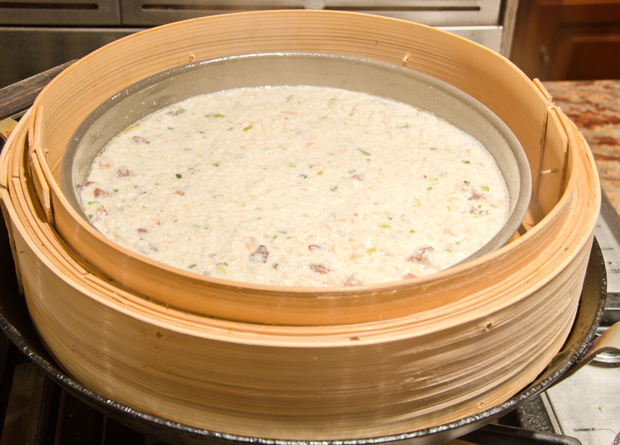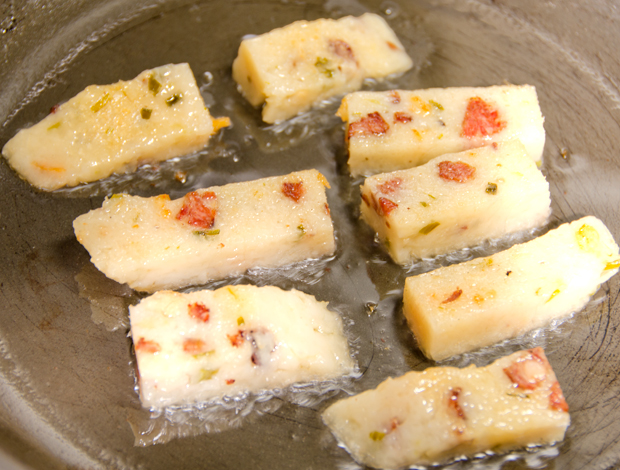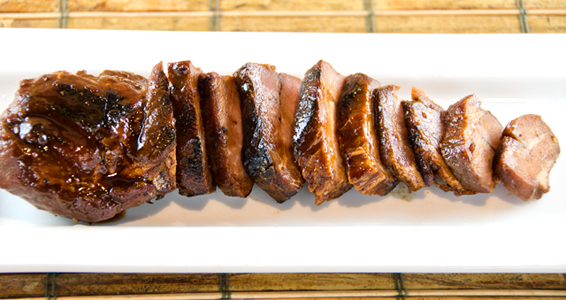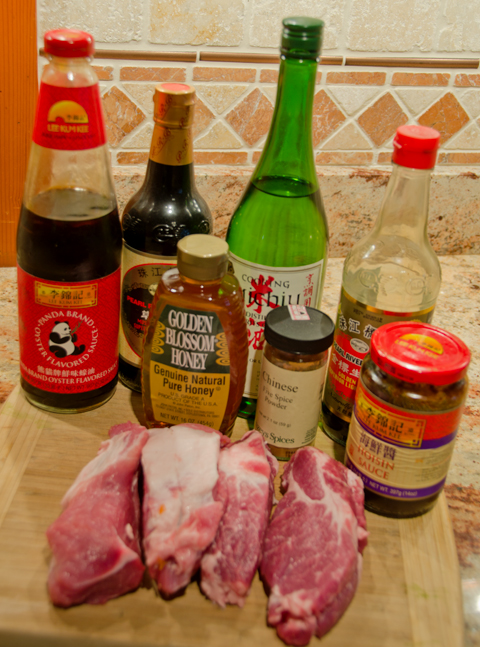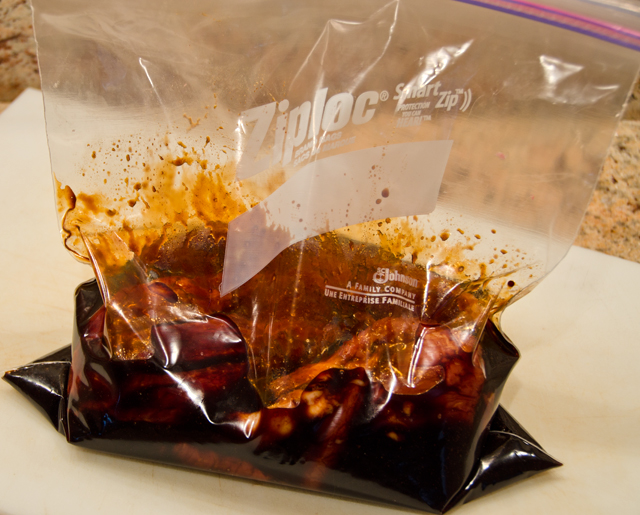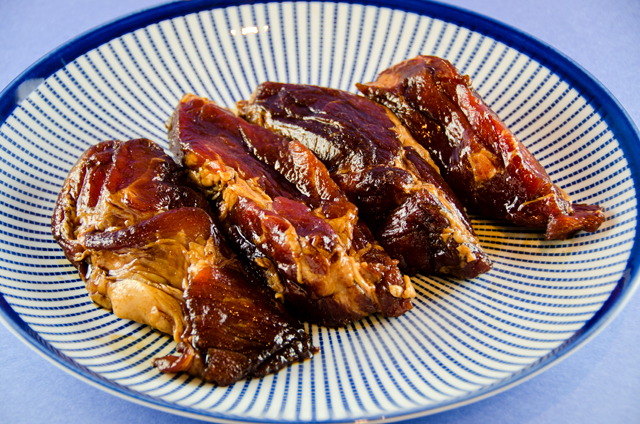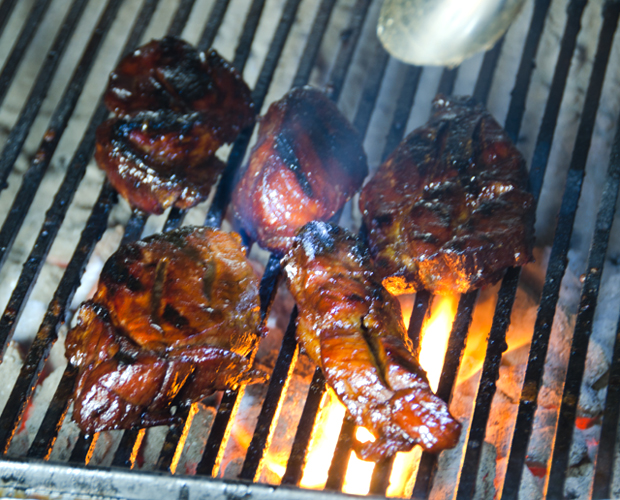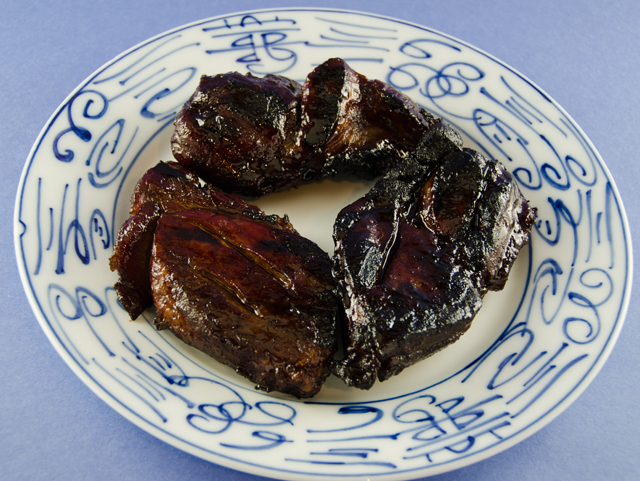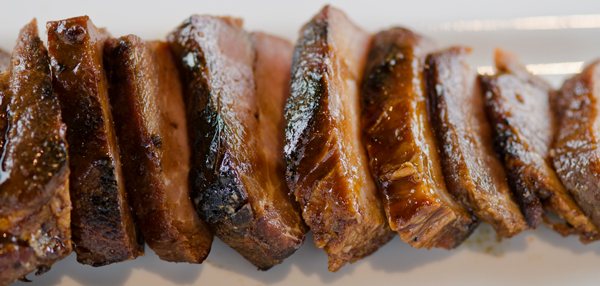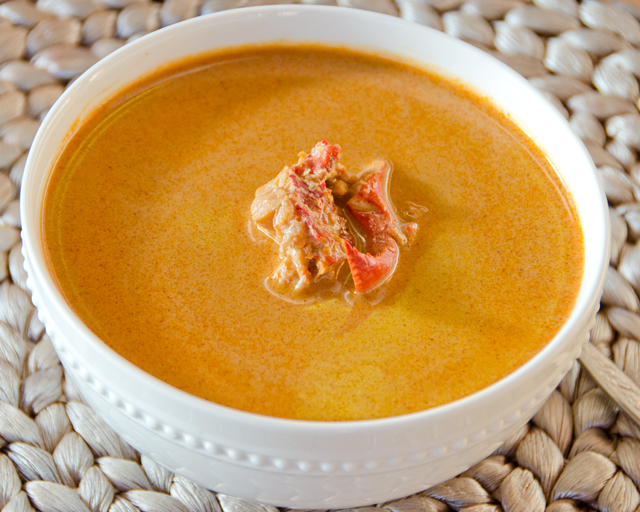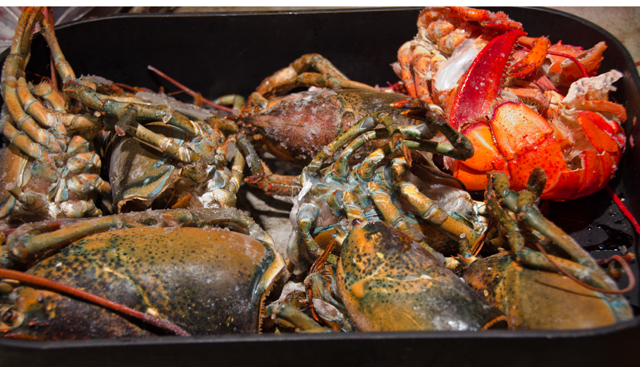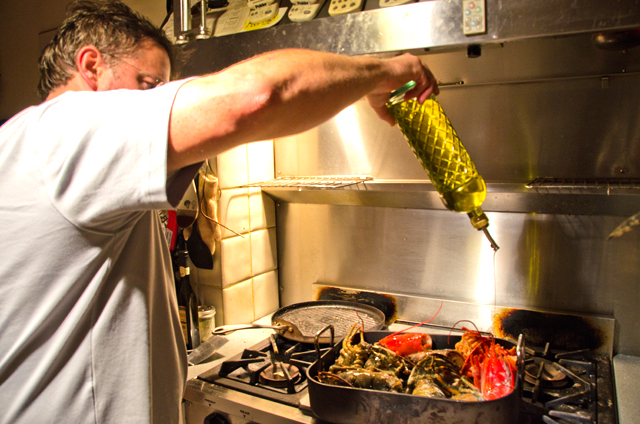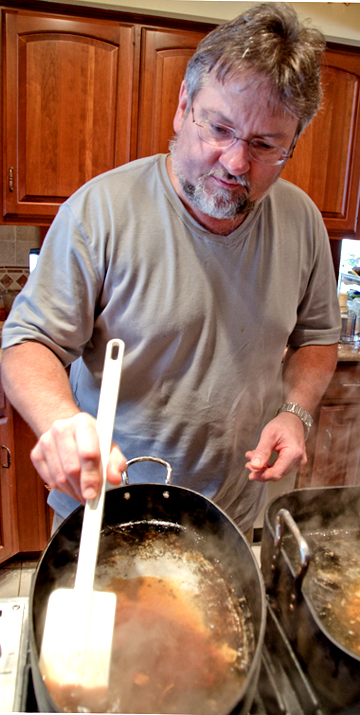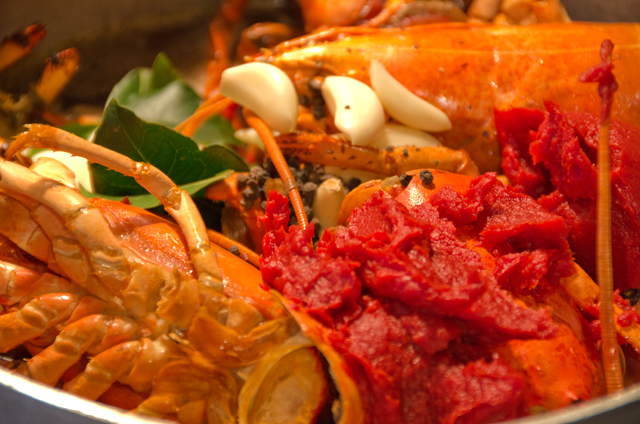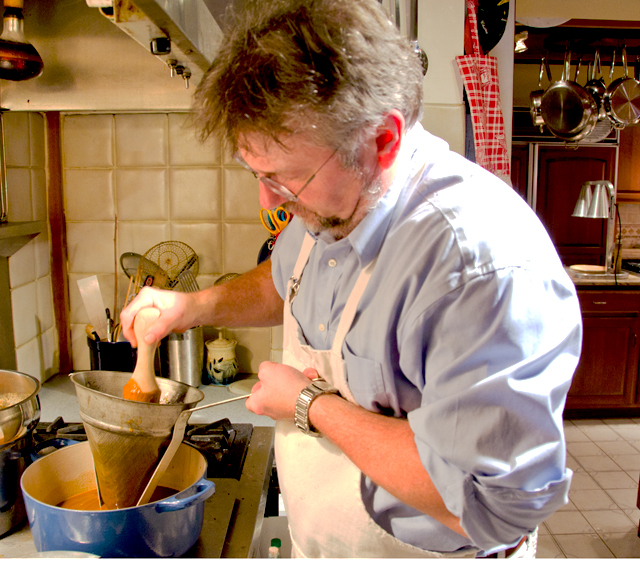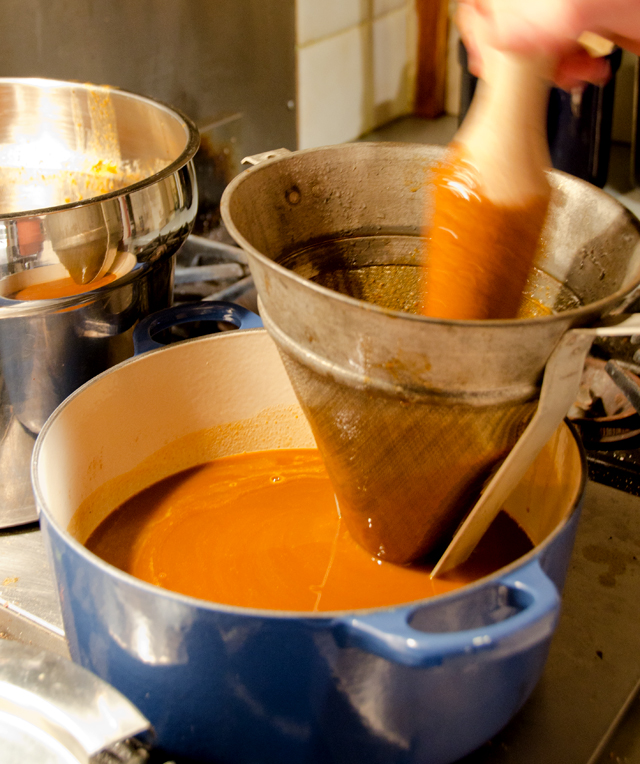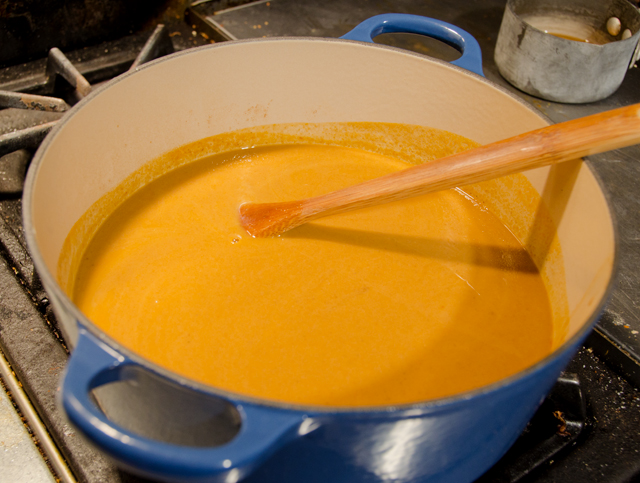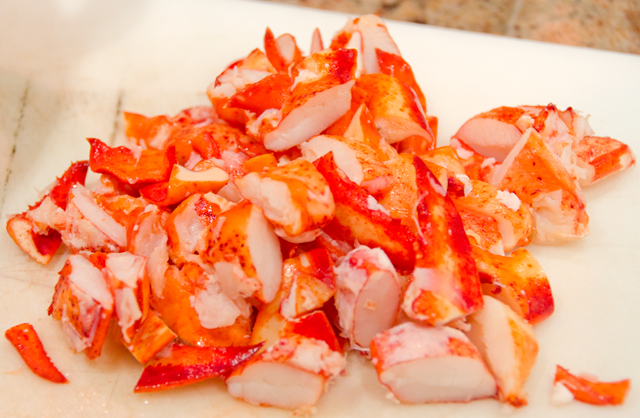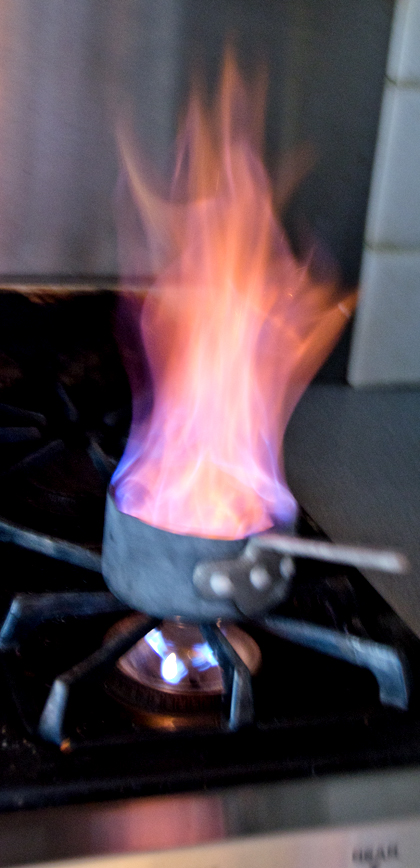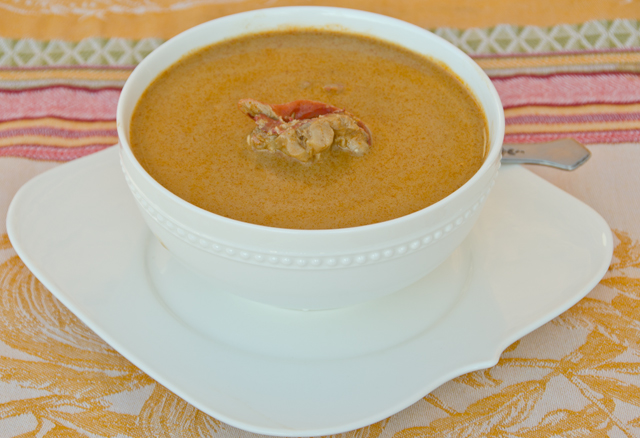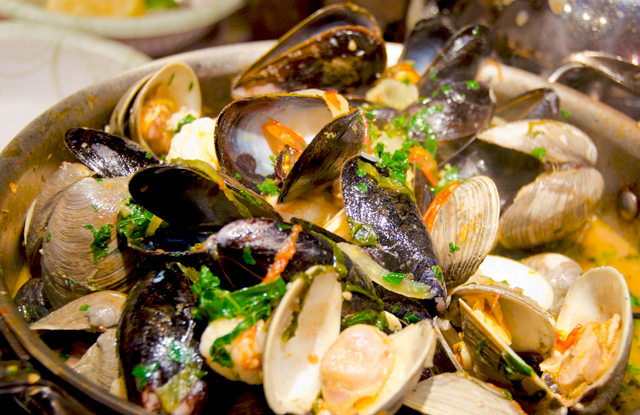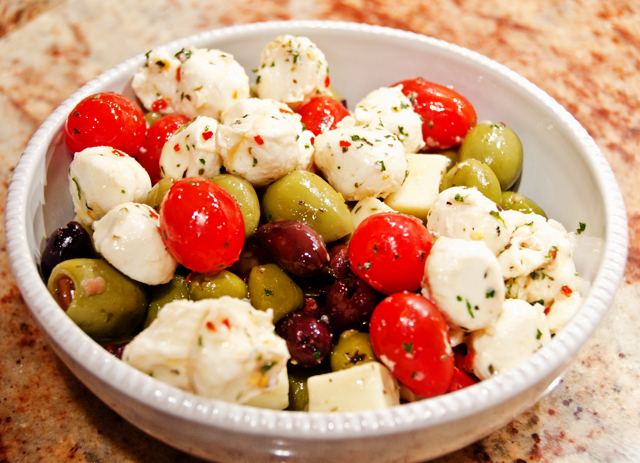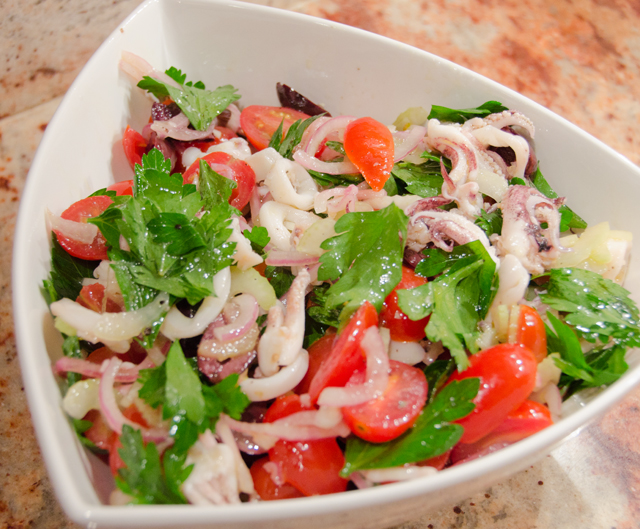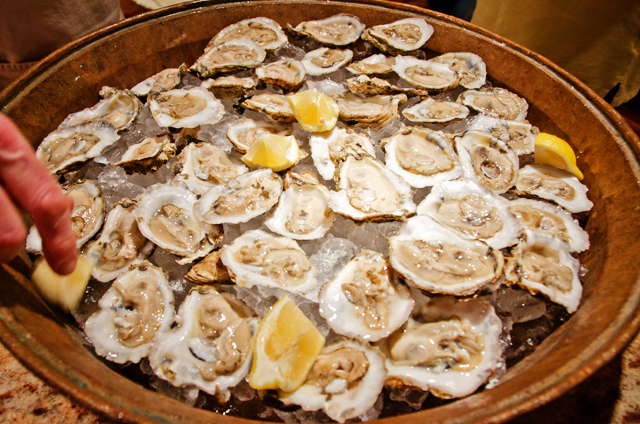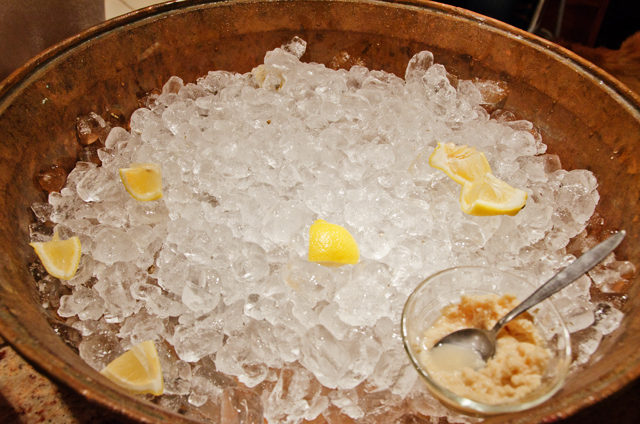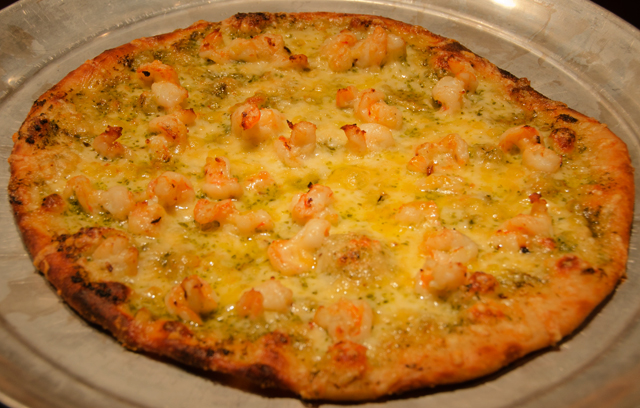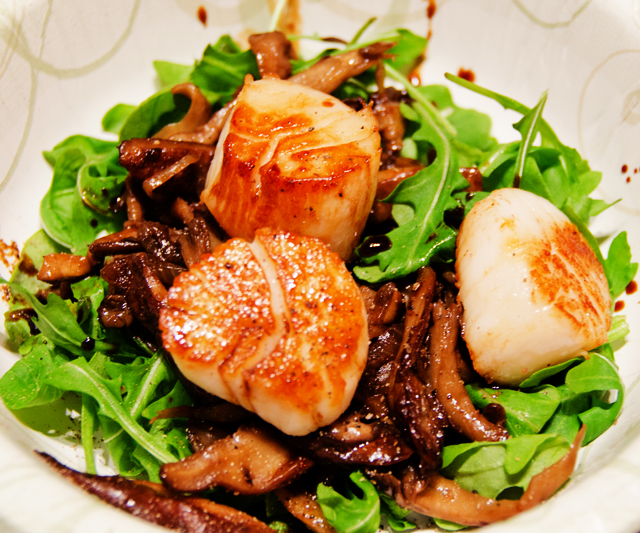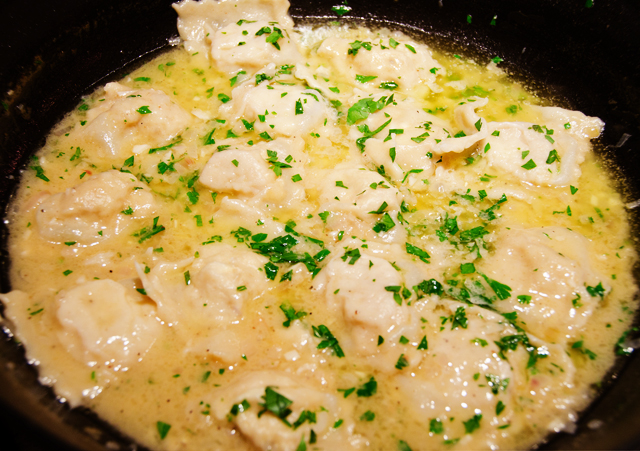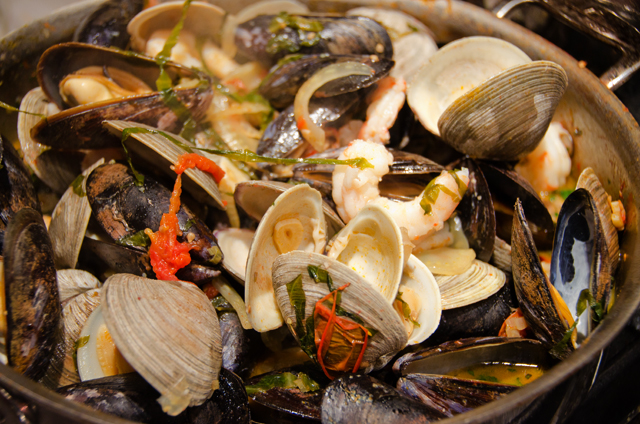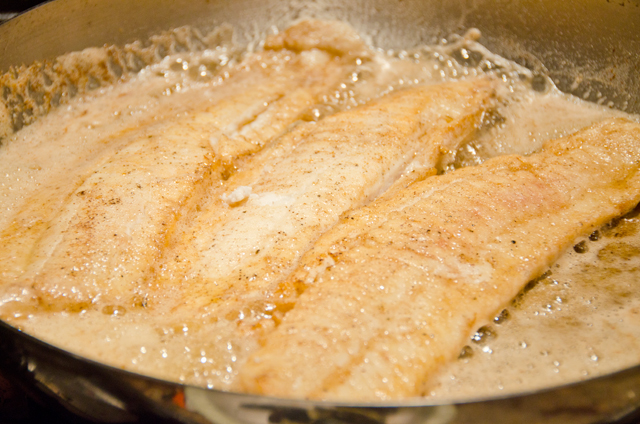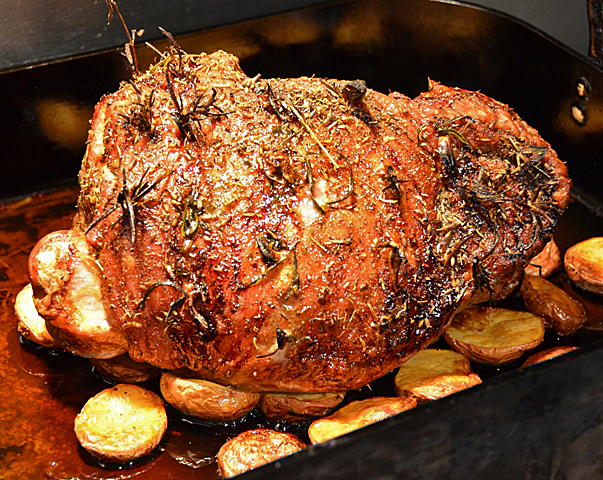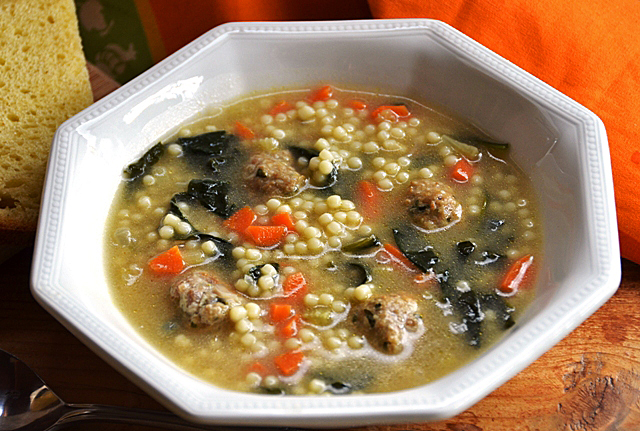Chinese black beans are not to be confused with the black turtle beans used in Central and South American cooking. The Chinese black bean also known as douchi, is actually a black soy bean that has been cooked, fermented and salted. As a condiment they predate soy sauce and miso and it is believed they have been used as far back as the Han dynasty in the second century.
Once popular throughout China, they are now most associated with Cantonese cooking. The flavor of Chinese black beans has been described as sharp, salty, pungent and winy. They can be found in most Asian markets in small plastic bags, often flavored with orange peel and ginger. They have a soft pliable texture and resemble dried currants. They can stored at room temperature well wrapped in a cabinet away from light.
The cookbook authors I consulted were divided on to rinse or not to rinse the beans before using them. If you don’t rinse you must allow for their extreme saltiness and adjust the seasonings in your recipe accordingly. I choose to rinse them, especially if other ingredients in the recipe are going to bring their own saltiness. They are a condiment, so use sparingly.
In this recipe the sweet clean flavor of the scallops contrast nicely with the black beans. Always look for dry scallops, those that have not been treated with a solution that whitens them and causes them retain more water. Most scallops come with the tough “catch” muscle still attached. The scallop uses this muscle to keep it’s shell closed for long periods of time. It’s not pleasant to eat and removing it is very easy, just gently peel it off. Serve this dish with rice or noodles to soak up the juices.
Steamed Scallops with Black Beans
adapted from The Chinese Kitchen by Eileen Yin-Fei Lo
Serves 4-6
Ingredients
- 1T fermented black beans, rinsed and drained
- 2t minced fresh ginger
- 2T oyster sauce
- 2t soy sauce
- 1T Chinese rice wine vinegar
- 2t sugar
- 1t Kosher salt
- 2t peanut oil
- Pinch freshly ground white pepper
- 1lb large fresh sea scallops, excess liquid drained
Directions
- Mix all the ingredients except the scallops in a large bowl
- Remove the adductor muscle from the scallops. Place the scallops on a steam proof plate. Pour the steaming ingredients over the scallops and marinate for 30 minutes.
- Bring about a quart of water to a boil in a wok. Place the steamer in the wok so that it sits above but never touching the water.
- Place the dish in the steamer, cover and steam for about 5 minutes or until the scallops are white and opaque. Serve in the steam proof dish.
